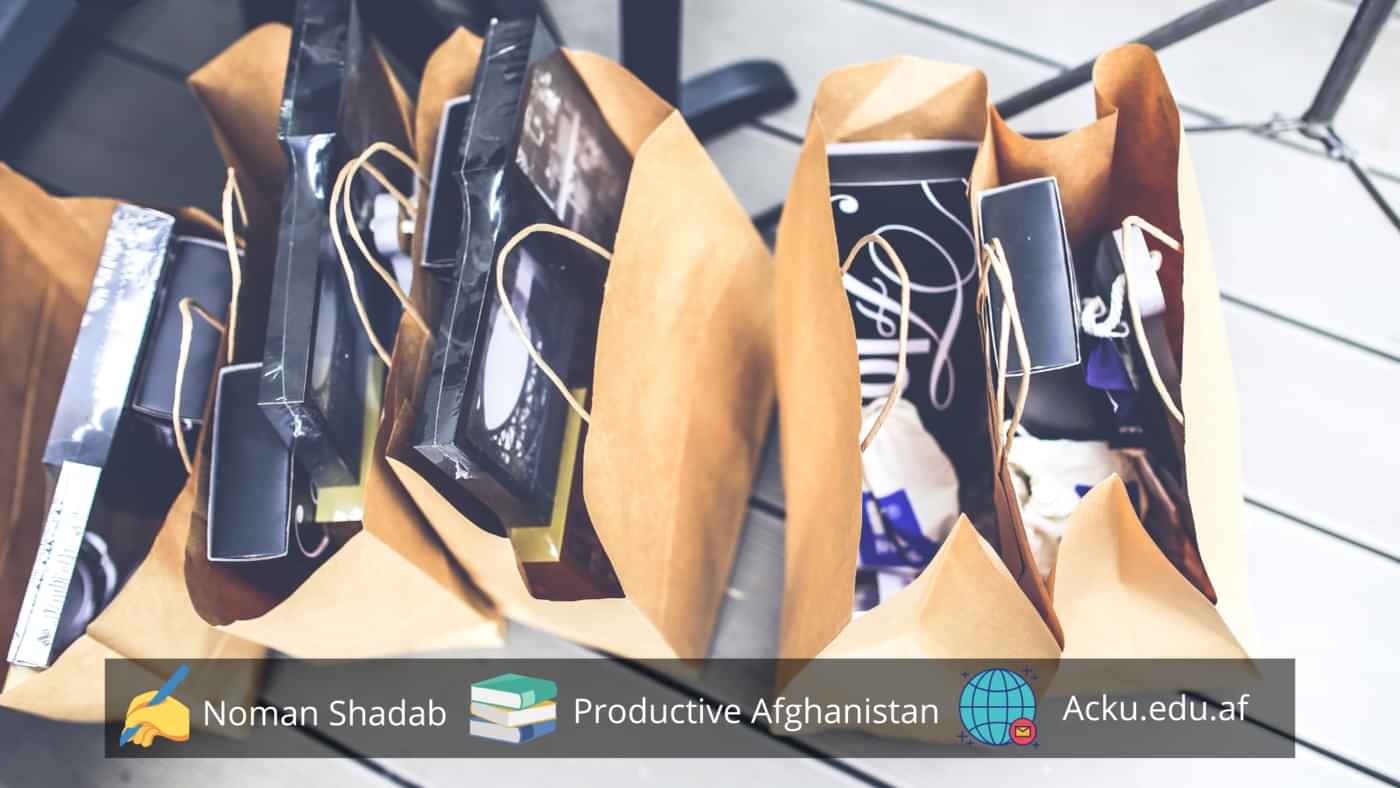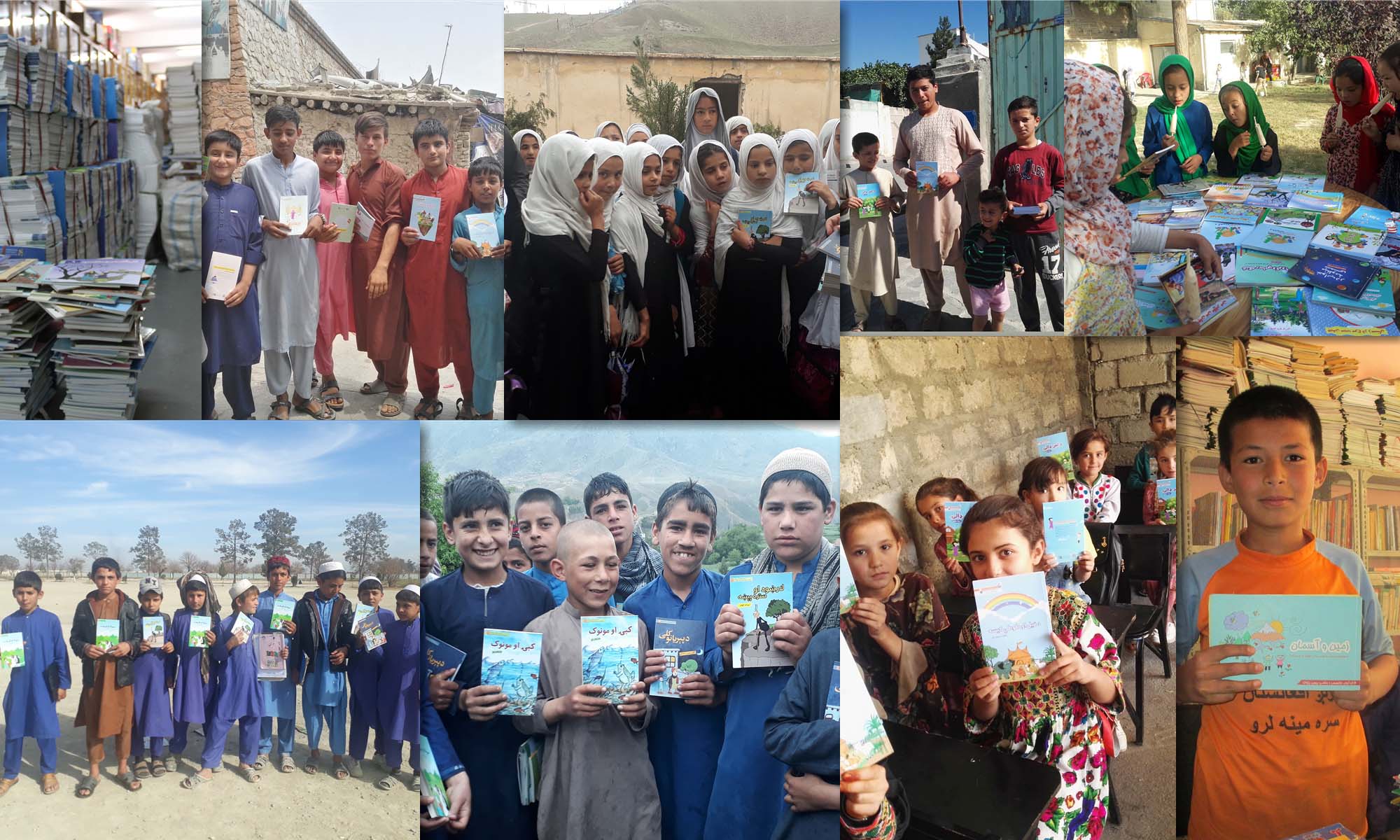


By Noman Shadab (30 June 2020)
Since 2001, more than $ 900 billion has been spent on Afghanistan by external partners. 66% of the Afghan national budget was funded by its allies in 2018. But foreign aids have reduced from $13 billion in 2011 to $5 billion in 2016. The flows of aids impacted the economy effectively and distorting the investment as in the country artificial purchasing power was created.
Growing purchasing power has not translated into greater production and demand for home-grown products. Instead, the country remained a trading nation. Afghanistan’s trade deficit was almost $7 billion in 2016. But Afghanistan has a comparative advantage for many goods in the region and the government should focus on developing a strategy to support homegrown products.
Pierre Mayaudon, the European Union’s Ambassador for Afghanistan said in his recent interview about Afghanistan’s trade deficit that “You could produce a number of products in Afghanistan that you import from other countries today. So, if you want to address the issues of the trade deficit, I think you should start from under your own roof by offering domestic products to Afghan citizens. That way you will build a strong base for increasingly competitive products for export.”
For a long time, Afghanistan has seen over-reliance on imports of goods and services. Dependency on imported goods and services always leads to failure in creating demand for domestic products. In Afghanistan, it’s not the prices that shape the consumers’ preferences, but in contrast, it’s the supply that shapes the consumer demand in the market. That is, if we have enough supply of high quality domestically produced goods and services in the market, definitely the demand will shift towards them.
For instance, Afghanistan’s weather and soil conditions are well-suited for the production of fruits and nuts, and the local industries have dominated the market. The best example of domestic products is Alokozy beverages that have flooded the local market despite competitions from international brands like Coca Cola and Pepsi. There are several other products like saffron, carpets, precious stones, and jewelry that Afghanistan produces and even has competitive advantages in export.
Creating incentives towards local products is an important step in substituting imports with domestically produced commodities. This incentive should be created in both parties, the investors and consumers, and the government should create a basket of direct and indirect support operations for the investors form encouraging expansion to the reduction of production costs.
As mentioned earlier, Afghanistan has a comparative advantage in the sector of low-skilled labour, and the country can substitute imports of several agricultural and horticultural goods with domestic products by promoting the agricultural sector in the rural areas. The government also needs to create markets for home-grown products and make a chain of both supply and demand. A 2014 World Bank Report stressed the significance of the agricultural sector towards reducing the poverty in rural areas, creating jobs, inclusive of economic growth, and food security.The report suggested that the Afghan government should play a leading role in supporting the agricultural sector in the country.
Afghanistan has a potential of development and growth in the non-agricultural sector as well, for instance, in the mining sector Afghanistan has more the 1400 mineral fields.A lot of these mining fields are stalled due to insecurity. The construction industry has been stalled as well in recent years because of a lack of suitable infrastructure. Investments in mining, roads, energy, etc. will create a greater potentialexpansion for these industries.
To conclude, Afghanistan has the potential and resources to substitute imported goods and services with domestic products. Now we know that categories in which Afghanistan has a competitive advantage which is low-skilled labour-intensive sectors such as agriculture, livestock, and handmade industry. Government and international organizations should provide a safe and efficient environment forinvestors and furnish them with required equipments and infrastructure.
(Noman Shadab is the Founder & CEO of The Student Magazine, Blogger, Entrepreneur and Influencer. Views expressed are personal.)